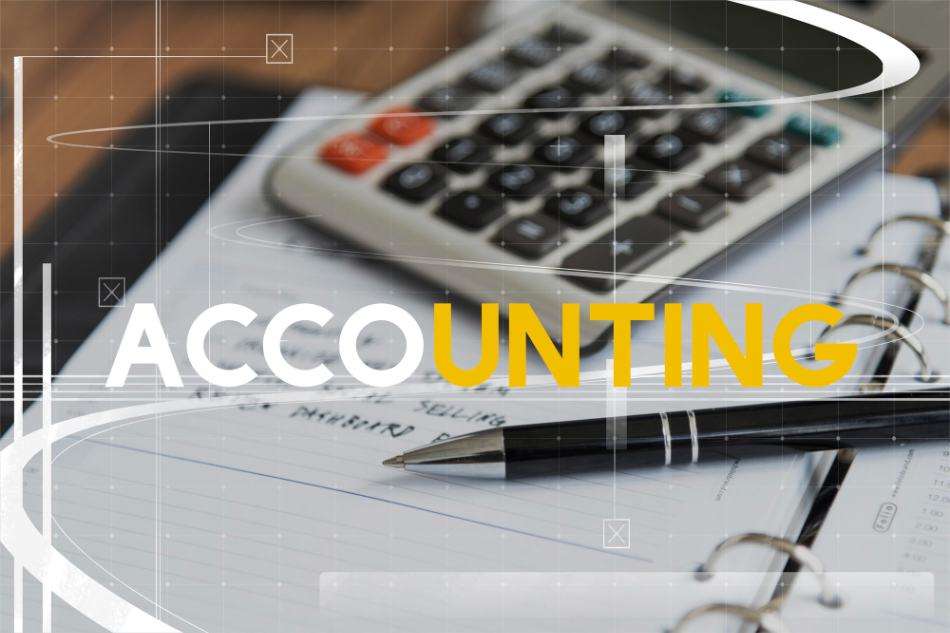Investing with a self-directed Individual Retirement Account (IRA) can be an effective way for individuals to save for retirement and create long-term financial security. A self-directed IRA is an IRA that gives the account holder control and responsibility for investing within a larger variety of assets than a traditional IRA or employer-sponsored retirement plan. With a self-directed IRA, individuals have the ability to diversify their investment portfolio beyond stocks, bonds, and mutual funds. With a broad range of choices available, a self-directed IRA can provide more flexibility and potential for higher returns on the investments. In this introduction, we will discuss the strategies and benefits of investing with a self-directed IRA.
The Basics of a Self-Directed IRA: What is it and How Does it Work?
A self-directed IRA is an individual retirement account (IRA) that gives the investor more control over the selection of investments and allows them to buy different assets than what is typically available through a traditional IRA or employer-sponsored retirement plan. With a self-directed IRA, the investor is able to invest in a wide range of assets such as stocks, bonds, mutual funds, exchange traded funds (ETFs), real estate, limited partnerships, gold, cryptocurrencies, and more.
A self-directed IRA works the same way as a regular IRA, in that contributions are made via tax-deductible dollars or post-tax dollars if you’re contributing after-tax dollars. Contributions are combined with any investment gains or losses that occur while the money is in the account. The assets held within the IRA are all tax-deferred, meaning income and capital gains earned from these investments will not be taxed. This allows the funds to grow faster than if you were to invest in a regular taxable account.
The main difference between a self-directed IRA and a regular IRA is that the investor is allowed to choose the investments held in the account. With a regular IRA, the investor relinquishes control to the custodian. However, with a self-directed IRA, the investor is in charge of choosing investments and directing their IRA custodian to buy or sell assets, and reinvest earned gains and dividends.
Diversifying Your Self-Directed IRA Portfolio: What Assets Can I Invest In?
A self-directed IRA provides investors with the flexibility to invest in numerous asset classes that may not be available through a regular IRA. Assets that may be held in a self-directed IRA include stocks, bonds, mutual funds, real estate, limited partnerships, gold, cryptocurrencies, and more.
Investors can choose to invest in individual stocks, bonds or mutual funds, or they can choose to diversify their self-directed IRA portfolio by investing in a wide range of assets. For example, an investor may invest in a diverse portfolio of real estate investment trusts (REITs) and mutual funds. They may also choose to invest in alternative assets, such as cryptocurrencies, gold, silver, or private placements.
It is important to note that there are certain exceptions to the types of investments that may be held within a self-directed IRA. Prohibited investments include life insurance policies, collectibles, and artwork. Additionally, investors should be aware of the special rules surrounding transactions between the self-directed IRA and the account holder, or certain disqualified persons, such as family members and fiduciaries.
The Benefits of Tax Deferral and Tax Management with a Self-Directed IRA
One of the primary advantages of a self-directed IRA is the tax deferral and tax management it offers. The assets held within a self-directed IRA are all tax-deferred, meaning any income and capital gains earned from these investments will not be taxed until they are withdrawn from the account. This allows the funds to grow faster than if the investor was investing in a regular taxable account.
In addition, with a self-directed IRA, investors can also take advantage of tax-loss harvesting. This is a strategy in which losses are used to reduce taxes on income and capital gains. For example, if an investor has an investment that incurred a large loss, the investor can sell the investment and use this loss to offset any gains on the investments held within the self-directed IRA. This can help the investor reduce their tax burden while still enjoying the benefits of tax-deferred growth within the account.
An Innovative Investment Option: Why a Self-Directed IRA May Be Right for You
If you’re looking for an innovative investment option that provides greater control and flexibility than a regular IRA, a self-directed IRA may be a great choice for you. With a self-directed IRA, you can diversify your portfolio by investing in a wide range of asset classes and take advantage of investing opportunities you may not have access to with a regular IRA.
Additionally, self-directed IRAs provide investors with the opportunity to benefit from tax deferral and tax management, allowing your money to grow faster than if held in a taxable account. Finally, the wide range of investment options available within a self-directed IRA makes it easier for investors to tailor their portfolios to their individual goals and objectives.
Understanding the Rules and Regulations Around Self-Directed IRAs
It is important to understand the rules and regulations governing self-directed IRAs before investing. This includes understanding the prohibited transactions, which can result in substantial penalties. Prohibited transactions are defined as any direct or indirect transaction between a self-directed IRA and certain disqualified persons, including the account holder or family members.
Similarly, when investing in alternative assets, such as cryptocurrencies and real estate, it is important to familiarize yourself with IRS regulations concerning these assets. For example, cryptocurrency transactions typically trigger taxable events that can impact the growth of your self-directed IRA.
Understanding all the rules and regulations that govern the investments you’re considering buying in your self-directed IRA is essential in helping you make the most of your investments.
Identifying and Choosing the Right Self-Directed IRA Provider for Your Needs
Once you have a firm understanding of the rules and regulations that govern self-directed IRAs, it is important to choose the right provider for your needs. As the custodian and administrator of the self-directed IRA, the provider you choose will play a critical role in your ability to make the most of your self-directed IRA.
There are a few key factors to consider when choosing a self-directed IRA provider. First, consider the fees associated with the provider’s services. Most IRA providers charge custodial fees for setting up and managing an account, as well as transaction fees for buying and selling assets. Second, consider the range of investment options available through the provider. You want to make sure the provider offers access to the asset classes you’re interested in investing in.
Finally, consider the customer service of the provider. You want to make sure you can get in touch with a real person in a timely manner should you need assistance. All of these factors should be taken into account when selecting the right provider for your self-directed IRA.
Harnessing the Potential of Self-Directed IRAs for Retirement Planning
A self-directed IRA can be an effective tool for retirement planning. With a self-directed IRA, you have the freedom to invest in a wide range of assets and tailor your portfolio to your individual goals and objectives. Additionally, you can take advantage of tax deferral and tax management to reduce your tax burden and increase the growth of your investments.
Finally, with a self-directed IRA, you have greater control over the investments held within the account. This eliminates the need to rely on a third-party custodian to make decisions on your behalf and allows you to make investments based on your own research and judgment.
Self-directed IRAs provide investors with an innovative way to save for retirement and can be an effective tool for growing wealth. As with any investment, it is important to understand the rules and regulations and to research any potential investments prior to making a commitment. By carefully considering your investment objectives and selecting the right provider, you can leverage the potential of self-directed IRAs to build a secure retirement nest egg.
Conclusion
Investing with a Self-Directed IRA can offer many advantages to investors, including tax-advantaged growth, increased liquidity, and greater flexibility and control than traditional retirement plans. While investments through a Self-Directed IRA can come with risks, it is important to understand those risks and how to manage them in order to maximize the benefits of investing in this type of vehicle. Additionally, investors need to understand the rules and regulations that govern Self-Directed IRAs to ensure that they are taking full advantage of all that a Self-Directed IRA has to offer. As with any type of investment, careful research and planning is required to ensure a successful outcome.










